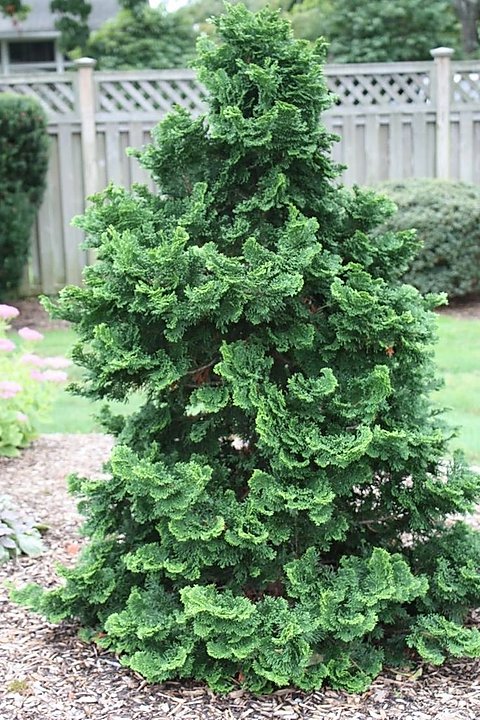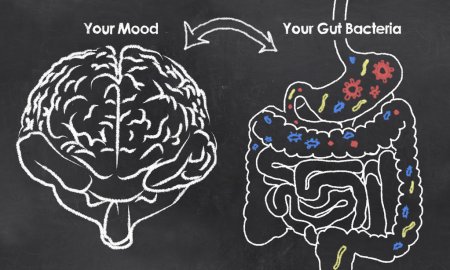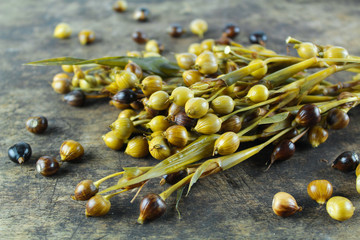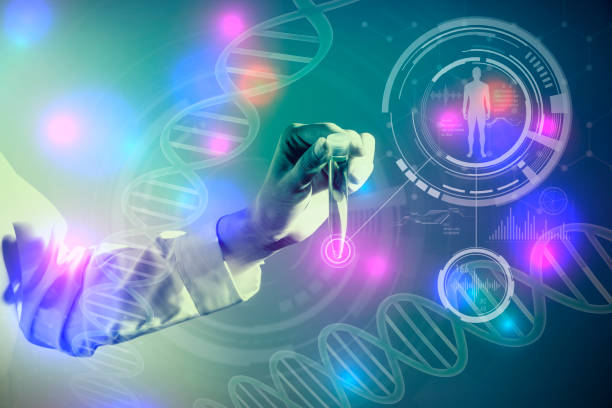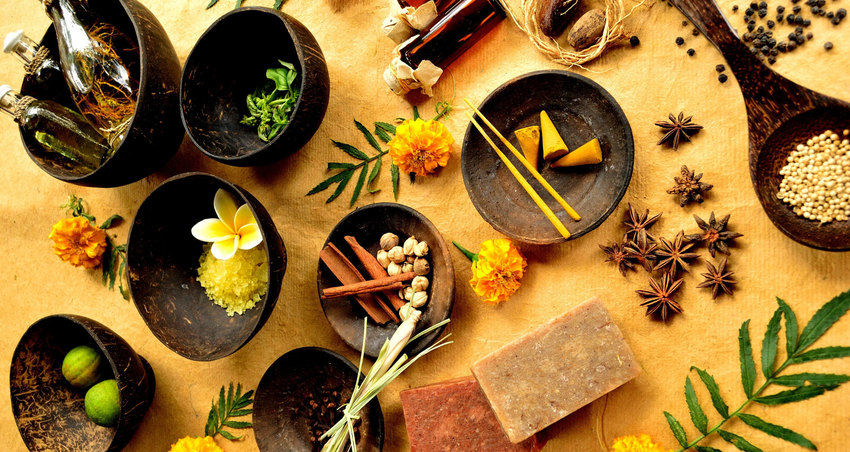Hinoki oil tests positive for easing stress
Feb
29
Hinoki oil contains phytoncides, which are volatile substances that plants emit to protect against pathogens and insects. They possess insecticidal, antimicrobial, and antifungal properties. It also contains alpha-pinenes or α-Pinene, which is an organic compound of the terpene class. It is an alkene that is found in the oils of many species of coniferous trees, such as pine and hinoki. It is also found in the essential oil of rosemary (Rosmarinus officinalis) and Satureja myrtifolia (also known as Zoufa in some regions). This chemical is known to be anti-inflammatory, possibly antimicrobial, and a memory aid as an acetylcholinesterase inhibitor.
Distilled from wood discards of the timber industry, the Hinoki essential oil is offering a sustainable solution to forest management. In Japan, the wood of the Hinoki is highly prized but the forests are over populating in some areas. Through it’s its sourcing program for the Hinoki essential oil, doTERRA International, the essential oils company, is encouraging the creation of jobs in rural Japan while helping to clear the forests of wood by-products. .
In Japan, Hinoki is a treasured wood used in the building of some of the oldest, existing buildings, and valued for its light scent for incense. It is commonly used to:
● Heals wounds. Hinoki essential oil has antiseptic qualities which helps to heal minor cuts, scrapes and wounds. ..
● Relieves muscle spasms. ...
● Eliminates respiratory conditions. ...
● Relieves anxiety. ...
Hinoki oil is available as a limited offer, and you can get a free 5 mL bottle of Hinoki oil as the Doterra POM (product of the month) for 125PV LRP orders placed. See https://www.doterra.com/US/en/hinoki-oil .
Co-authored by Cindy Postma. You can become a doterra member here and receive discounts on natural essential oils: https://www.doterra.com/US/en/site/cindypostma .
More information about the influence of our gut bacteria and stress, https://en.bloguru.com/healthtech/355962/stress-and-the-gutbrain-connection


